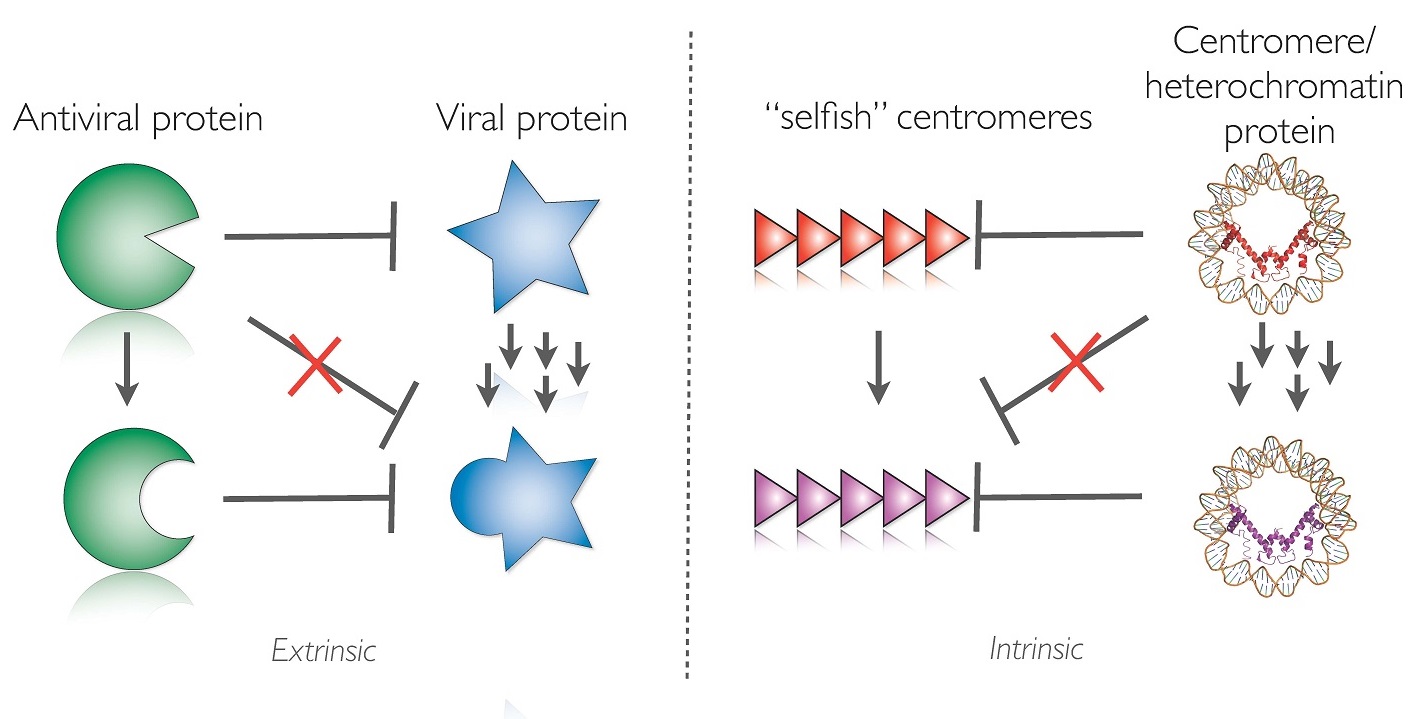Genetic conflicts: beyond the usual suspects
Harmit Singh Malik
Division of Basic Sciences, Fred Hutchinson Cancer Research Center, USA
Genetic conflicts pervade biology. Cells and genomes harbor a conglomerate of different genetic entities, each with their own agenda and each locked in conflict with other genetic entities for evolutionary dominance. These conflicts have driven rapid alterations and innovation of fundamental cellular processes. We can employ an evolutionary hypothesis-driven approach to discover and dissect these genetic conflicts, both their causes as well as their consequences for biological processes. One can consider two forms of genetic conflict: extrinsic (between genomes) conflicts that shape genes involved in host-pathogen interactions, and intrinsic (within genome or within cell) conflicts that shape genome architecture and cell biology. Surprisingly, common rules emerge from the study of extrinsic and intrinsic conflicts. In both cases, genetic conflicts drive relentless genetic innovation, for instance on host-pathogen interaction surfaces. Similarly, genetic conflicts play out due to the opportunity provided by asymmetric female meiosis (in which only one of four meiotic products are chosen) at the essential centromeric DNA-protein interface. Much like host-pathogen interactions, this ‘centromere drive’ leads to surprisingly rapid evolution of existing centromeric protein-coding genes, invention of ‘new’ genes that rapidly become essential and even the onset of reproductive isolation between incipient animal species.









You must be logged in to post a comment.